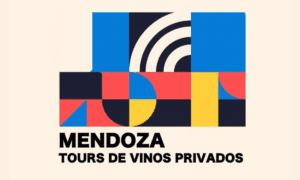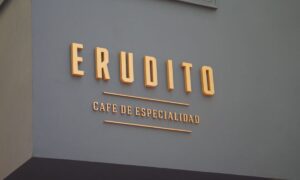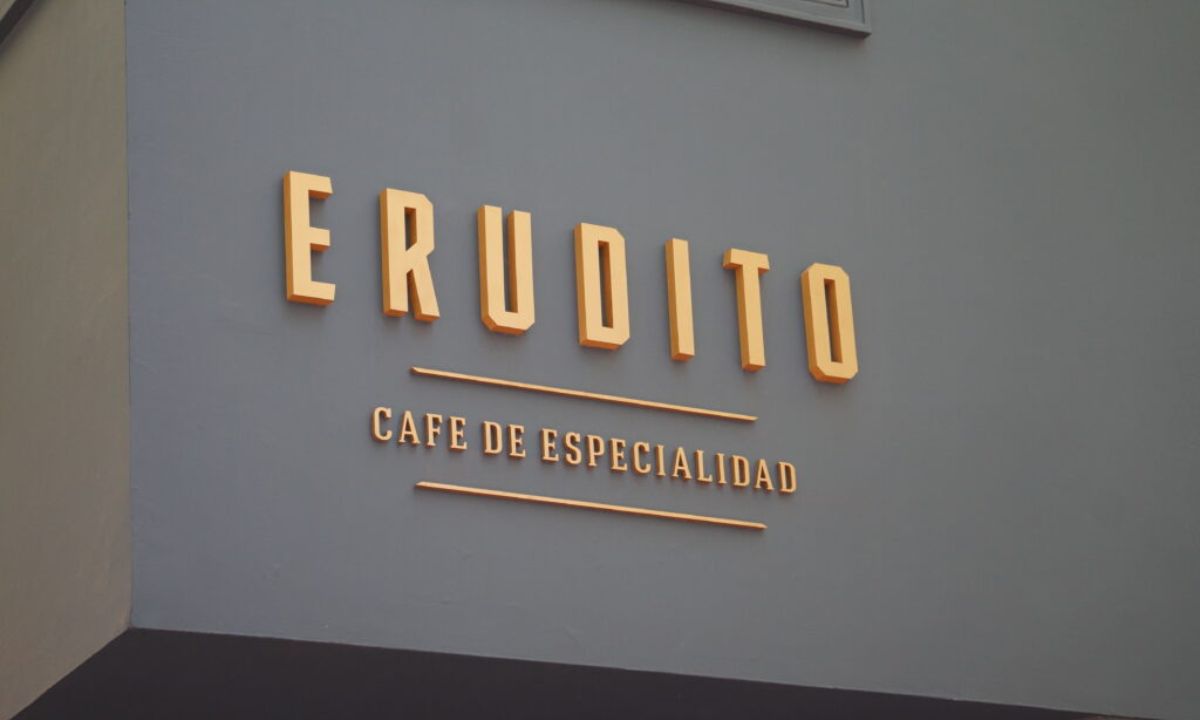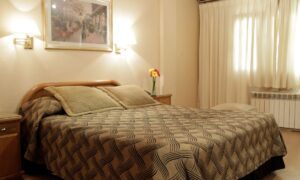Rent a car worry-free | Rentennials + Ensuro
Want to rent a car without worrying about unexpected costs? Rentennials + Ensuro make it simple
Renting a car should be easy — and most importantly, without surprises. At
Rentennials
, we make sure every trip is comfortable, clear, and safe. That’s why every booking includes a damage protection plan — so you can hit the road with peace of mind.
Thanks to our partnership with Ensuro, a fully digital insurer, you’re covered for any damage during your rental. No fine print. No stress.
You choose how you want to drive
When you rent a car, you have two coverage options. Both protect you — the only difference is the deposit and the maximum out-of-pocket cost in case of damage.
🟢 Included coverage (automatically comes with your booking)
- Security deposit: USD 400
- Damage deductible: USD 1500
What does this mean?
If the car gets damaged during your trip:
- You pay the actual repair cost if it’s under USD 1500.
- If the damage is more expensive, you only pay up to USD 1500. The insurance covers the rest.
🔧 Real-life examples:
- Scratched bumper (repair cost: USD 300) → You pay USD 300
- Dented door (repair cost: USD 2000) → You pay USD 1500
🟡 Reduced deductible option (ARS 47,000 extra)
- Security deposit: USD 200
- Damage deductible: USD 200
When is this worth it?
If you prefer to drive with maximum peace of mind, this option guarantees you’ll never pay more than USD 200 in case of damage.
🔧 Real-life examples:
- Scraped door panel (repair cost: USD 100) → You pay USD 100
- Broken side mirror and headlight (repair cost: USD 800) → You only pay USD 200
And if nothing happens?
Perfect! Once the trip ends, we return your deposit. Simple as that.
Drive safe. Drive easy. Drive with Rentennials
At Rentennials, we believe mobility is freedom. That’s why we take care of the hard stuff — so you can just enjoy the ride.
Book now at Rentennials
📲 Easy. Flexible. Covered.
We are Rentennials
Rentennials is the new way to rent cars from local hosts in your city, quickly, easily, and affordably. It's also your new path to starting your own car rental business and making money every month.
Discover more.
Download our App
Share this
Tours de vino privados
Tours de vino privados / Valle de Uco y Agrelo con almuerzo
¡Hola! ¡Mi nombre es Fernando y seré su anfitrión en Mendoza! Mendocino de nacimiento y orgulloso de mostrar nuestros maravillosos lugares, vive la experiencia con un local y de manera personalizada, también te mostraré lugares fuera del foco turístico, bodegas, restaurantes, paisajes y otros.
Nos enfocaremos en bodegas de renombre donde podras experimentar los vinos típicos de Mendoza, Malbec, Cabernet Sauvignon, Bonarda y Torrontés entre otros. También aprenderás de la mano de excelentes guías de bodegas, a catar y diferenciar cada uno de los vinos más populares.
Durante el recorrido, haremos una parada para comer en restaurantes de renombre donde podrá disfrutar de nuestros platos típicos con ingredientes locales, también acompañados de vino.
Todo esto bajo la asombrosa Cordillera de Los Andes y sus hermosos paisajes. Personaliza tu experiencia!…. Si tus amigos o familiares te sugirieron un lugar específico, diseñare un tour de acuerdo a tus elecciones.
We are Rentennials
Rentennials is the new way to rent cars from local hosts in your city, quickly, easily, and affordably. It's also your new path to starting your own car rental business and making money every month.
Discover more.
Download our App
Share this
Erudito Café / Café de especialidad
Erudito Café
Ésta exceleten cafetería ubicada en el corazón de la ciudad de Mendoza ofrece un servicio de cafetería de especialidad, realizados por experimentados baristas que te harán vivir los sabores del café como nunca antes. Podrás acompañar con exquiciteses como medialunas y tortitas caseras, tortas, granolas, huevos revueltos y mucho máas.
Beneficios del café
Mantiene el intelecto activo, aunque resulte adictivo, aleja trastornos psiquiátricos y mejora el rendimiento, siempre cuando el barista esté atento y cumpla con el objetivo. Contribuye a una aspiración fresca y armoniza la silueta, fomenta un reposo intenso y aliviana la hemicránea y actitud cuasi burlesca. Pero es imprescindible entender, sin procurar ofender, que el grano es fundamental, el tostado todo un arte y el preparado un capítulo aparte, si pretenden trascender. Los dejo mientras agito mis plumas y los invito a este deleite cotidiano, un bálsamo para el alma, a disfrutarlo con calma, recomienda el erudito.
We are Rentennials
Rentennials is the new way to rent cars from local hosts in your city, quickly, easily, and affordably. It's also your new path to starting your own car rental business and making money every month.
Discover more.
Download our App
Share this
Entre Dos Alfajores Premium
Alfajores Premium de Mendoza
Somos una empresa mendocina dedicada a la elaboración de productos y alfajores premium. Nuestro proceso de producción es una perfecta amalgama de lo tradicional con lo actual. Conservamos la calidad junto con la calidez de los procesos manuales, conjugándolos con las técnicas más avanzadas de fabricación. Contamos con una amplia variedad de sabores (Clásicos, Frutales, Innovación, Trilogía y Hojaldre)
Nuestros alfajores han sido premiados en la Fiesta Nacional del alfajor de La Falda, Córdoba. Por dos años consecutivos eligieron a nuestro alfajor como “El alfajor de chocolate más rico del país” en 2017 el alfajor de chocolate negro relleno de dulce de leche saborizado con ron y en 2018 nuestro clásico de chocolate relleno de dulce de leche. En 2021 nuestro alfajor de chocolate relleno de naranja obtuvo el primer puesto como “El mejor alfajor de fruta del país”
Contamos con 17 franquicias en Mendoza,1 en Neuquén y 1 en Chile, dentro de las cuales un 60% cuenta con servicio de Cafetería de especialidad.
Bienvenidos a Mendoza, la tierra del sol, el buen vino y excelentes alfajores.
We are Rentennials
Rentennials is the new way to rent cars from local hosts in your city, quickly, easily, and affordably. It's also your new path to starting your own car rental business and making money every month.
Discover more.
Download our App
Share this
Hotel Crillon Mendoza
Descubrí Hotel Crillon Mendoza
Te presentamos un hermoso hotel 3 estrellas, con una perfecta ubicación en el corazón de la ciudad de Mendoza, a pasos de las principales plazas de Mendoza, incluída la icónica Plaza Independencia.
El hotel cuenta con habitaciones Single – Doble Matrimonial – Doble Twin y Triple Estandard, con todas las comodidades que pueden necesitar. También cuentan con una habitación superior, que es ideal para descanso o viajes de negocios, ya que cuenta con un ambiente diseñado para que usted pueda trabajar y tener reuniones privadas.
El hotel además cuenta con piscina, desayuno continental, Lobby Bar, cocheras y mucho más para hacer de tu estadía todo una experiencia.
We are Rentennials
Rentennials is the new way to rent cars from local hosts in your city, quickly, easily, and affordably. It's also your new path to starting your own car rental business and making money every month.
Discover more.
Download our App
Share this
Hotel Ritz Mendoza / Hotel 3 estrellas

Te presentamos a Hotel Ritz Mendoza
Con una ubicación inigualable, este hotel 3 estrellas ofrece todos los servicios para hacer de tu estadía un momento único. El hotel se encuentra en pleno centro de la ciudad, a un par de cuadras de la icónica plaza independencia, que te permitirá conocer los principales puntos de la ciudad a pie.
En veranos podrás contar con piscina para pasar un momento refrescante, y en el hotel disfrutarás de su completo desayuno continental. El hotel cuenta con todos los servicios que necesitas para tu confort y comodidad.
También, cuentan con servicio de limpieza, recepción las 24hs, información turística, lavandería y acceso a salas de reuniones. Para llegar solo debes dirigirte a calle Perú 1008 de Ciudad, en donde te recibirás con su característica cordialidad.
Cuenta por habitaciones Dobles – Triples – Cuádruples y Séxtuples. Te invitamos a ponerte en contacto con el hotel y reservar ahora mismo tu alojamiento.
We are Rentennials
Rentennials is the new way to rent cars from local hosts in your city, quickly, easily, and affordably. It's also your new path to starting your own car rental business and making money every month.
Discover more.












